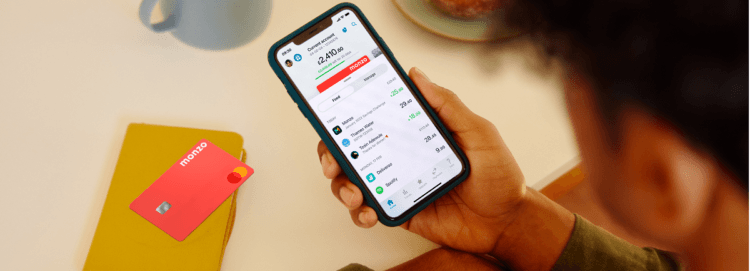Challenger banks were supposed to transform banking, but beyond capturing a relatively small chunk of the current account market, their impact in the UK has been muted.
The biggest names in the sector have amassed reasonable levels of customers (Monzo has over 7.4 million customers, Starling over 3.6 million). According to a 2022 report by the FCA, however, customers in the sector appear to be broadly uninterested in moving their main accounts, such that the incumbents don’t currently seem to be worried about outflows of customers. New digital features have proven relatively easy to replicate and with current accounts essentially offered as free utilities, the challengers have struggled to build profitable businesses on these alone.
Monzo is now exploring a strategy which aims to place the neobank at the centre of its customers’ financial lives. Significant additions to its product offering show how Monzo hopes to bring intuitive customer experiences to fields outside the current account. It added an instant access savings pot back in February, which allows customers to simply move money in and out as with a current account.
In October, it launched Monzo Investments in partnership with BlackRock. This offers three portfolio choices based on risk appetite, with Monzo and BlackRock both taking a fee.
The other area Monzo is expanding into, which it is in its relatively early stages, is insurance. It just hired Phoebe Chibuzo Hugh, an insurtech founder who most recently worked at Direct Line. While there she led the launch of Caha, an app designed to simplify car ownership.
Commenting on the hire, Monzo said it was “delighted to welcome Phoebe as we continue on our ambition to build Monzo into the one app customers turn to to manage their entire financial lives.”
The idea of having one app to do this is relatively untested in the UK. The advent of open banking a few years ago was supposed to enable more collaboration between different banking apps, but finances have remained relatively siloed.
This has remained true even with the large incumbents such as Lloyds Banking Group or NatWest, which possess multiple product offerings but seem to only be in the early stages of joining them up. Neobank Starling did make a foray into curating and offering partner products for customers with its Marketplace, but this seems to have fallen off its list of priorities in the last few years as the neobank has moved more into the lending space.
This feels like a missed opportunity for both customers and banks. The additional insight that could come from joining together, for example, a customer’s pension with their savings account might enable customers to make more informed decisions about their finances. Having a holistic view of one’s finances could help to generate personalised insights that might help to bridge the advice gap in the sector.
For banks, the same data would allow them to cross-sell products. For an example of how this might work, look no further than Ping An in China. Its product range is vast, with a number of auxiliary apps and services sitting alongside its core financial offering, which it terms an “ecosystem”. The idea is that the free apps can bring customers in who can then be upsold more sophisticated and lucrative products.

